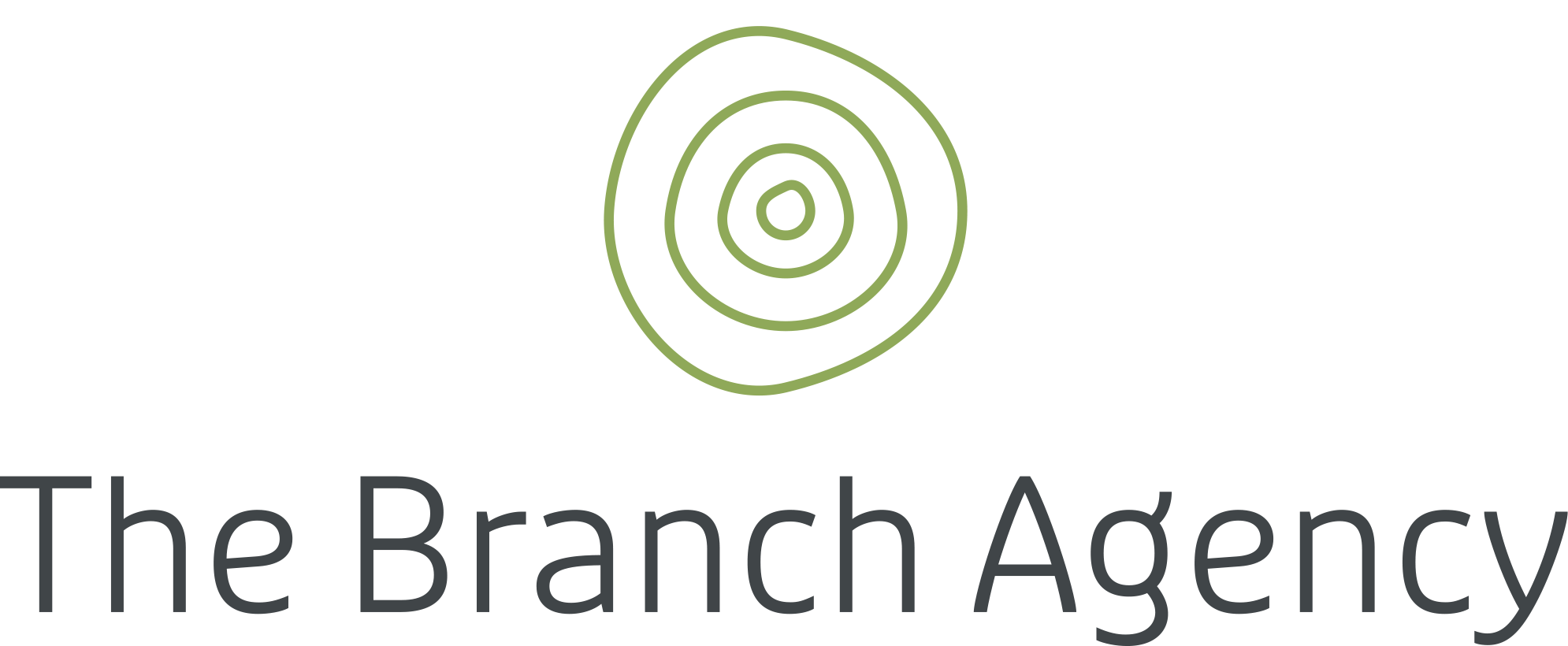The positioning power of lobbying
Lobbying and positioning are two powerful strategic tools that can reinforce each other, even for small associations. While lobbying focuses on influencing policymakers and decision-makers, positioning is about creating a clear identity and reputation. In this article, we discuss the symbiotic relationship between lobbying and positioning and the steps to harness this power.
By: Nils Zelle
Every association is founded with a certain purpose. If this purpose is recognised, the association has a right to exist. Stakeholders become members, the association develops activities and results become visible. Besides knowledge exchange and networking, advocacy for the members’ interests is among the top three most relevant topics, in our experience at The Branch Agency. Knowledge exchange is often difficult because of the competing interests of members among themselves. A well-developed organisational culture then plays a decisive role in this. But that aside, back to positioning and lobbying.
Positioning essential
When an association succeeds in consciously occupying a specific place in the market, we speak of successful positioning. Positioning is thus about creating a strong identity and reputation that allows the association to communicate its goals more effectively and represent its interests.
For small associations, positioning is essential because it helps them stand out in an often crowded landscape of organisations. It builds credibility and trust with both policymakers and in the marketplace. Clear positioning can also help attract members, funding and other resources, which is vital for continuation.
Lobbying is influencing
Lobbying is the process by which individuals or groups actively influence government decision-makers to influence policies, laws or regulations in line with their interests. Even small associations can use lobbying to make their voices heard and influence policy decisions that are decisive and relevant to the associations’ members.
The ability to influence policymakers is crucial for small associations, as many of their objectives depend on public policy and funding. Lobbying enables them to influence these policy processes and ensure that their views are heard and taken into account in decision-making.
Symbiotic relationship
The power of lobbying for small associations is enhanced by strong positioning. If the positioning is not sharp, it pays to work on it independently or with the help of a specialist. Sharp positioning helps the association:
Credibility and expertise: A well-positioned association is seen as an expert in its field. This increases the organisation’s credibility with policymakers, making lobbying efforts more effective. If a small association is known for its expertise in a particular field (thought leadership), policymakers are more likely to listen to it and take its views more seriously.
Clear message: Strong positioning usually includes a clear message and mission. This makes it easier for an association to communicate its position to policymakers and the public. A clear message is essential for effective lobbying efforts as it simplifies communication and ensures that the message is consistent and powerful.
Attracting support: A well-positioned association is more attractive to potential partners, donors and volunteers. This support can be invaluable in lobbying efforts, as it can provide additional resources and human power to advance the lobbying cause. The tremendous growth of Extinction Rebellion is a good example of this.
Visibility and impact: Lobbying is more effective when an association is highly visible in its domain, market or industry and among policymakers. Positioning contributes to this visibility by giving the organisation a recognisable and distinctive presence. The more visible an association is, the greater its impact on policy decisions can be.
From symbiosis to synergy
With a clear proposition, the step to lobbying is a logical one. At The Branch Agency, we take inspiration from Erik van Venice, trainer and author of ‘The Great Lobby Book’, among others. Some of his pragmatic advice that (even small) associations can take to fully exploit the positioning power of lobbying are:
Define identity: Identify the association’s core values, mission and vision. What makes the association unique? What are the goals and what does the association believe in?
Develop a clear lobbying message: Formulate a powerful and clear lobbying message that communicates the views and goals. This message should be easily understood by both policymakers and the wider public.
Build relationships: Invest in building strong relationships with policymakers, frontrunners and other stakeholders. Show that your association is trustworthy and offers valuable expertise.
Communicate your successes: Make successes and achievements public. Show how the association has had a positive impact on your community, market or industry. This will strengthen your position as an effective organisation.
Work together: Look for collaboration opportunities with other organisations that share the same goals of the association. Together, you are stronger and can achieve more.
By building a strong identity and reputation, small associations can increase their credibility, undertake more effective lobbying efforts and attract more support and resources. Distinctive positioning and pragmatic lobbying are a strong combination and influence each other. All the ingredients are often present within an association. Unlocking them and getting started with them requires a first step.
You will not regret it.
